Working With Your Barndominium Subs
If you get along well with everyone at all times, you may not need to read this article. But if you occasionally run into conflicts, read them carefully. Sometimes the fault may be yours.
At this point you’ve selected your subcontractors. You’ve checked them out and are satisfied they are honest, trustworthy, and experts in their fields.
 Now let them work. Don’t try to supervise every blow of a hammer or placement of every stud. These guys are professionals and they know more about their trades than you do, and probably, if they came to you well recommended, they take pride in their work. Let them do it.
Now let them work. Don’t try to supervise every blow of a hammer or placement of every stud. These guys are professionals and they know more about their trades than you do, and probably, if they came to you well recommended, they take pride in their work. Let them do it.
And, more emphatically, don’t try to tell your subcontractors their jobs just because you have read my articles. You’ll get good work out of your subs if they understand you realize they know their jobs, and you’re depending on them for good advice and quality work.
When a subcontractor’s work is completed, when work looks good, and when relevant inspections have checked out, make sure to pay contracted amounts promptly. A hearty thank you is also in order. Subcontractors who get treated right throughout your job and afterward will do a better job for you, and they’ll come back when you build your next barndominium. And chances are you will build another.
Paying Your Subcontractors
When you sign your contract with your erector, you will agree on a contract price for work as outlined. It is usually based on X number of dollars per square foot of heated area and X number of dollars per square foot of under roof, such as garages, porches, etc. Prices will vary with geographic area and job complexity.
Never pay a subcontractor for work not done, for incomplete work, or for an unsatisfactory job. Never pay a Subcontractor in advance. Paying in advance destroys incentive to get your job done ahead of other jobs. Paying in advance could result in a financial loss to you if a subcontractor is incapacitated in some manner. I don’t know anybody who gets paid in advance in any job field. If a subcontractor says he (or she) needs money to get materials, etc., find somebody else, or arrange to order and pay for materials yourself.
Work out a schedule of payment with your subs. Some subs may require draws, or partial payments, as work progresses. This should be discussed before work begins. Don’t be shy about it. They are accustomed to discussing such matters. It is all right to pay a draw, but never pay for more than work already done. For work expected to be completed within seven to 10 days of beginning, draws are typically unnecessary.
Plumbers and electricians usually get 60 percent of their total contract price when their rough-in work has been completed and inspected. Heating, ventilating, and air-conditioning rough-in payments depend on installation of equipment such as furnaces. If payment is just for duct work and some low-voltage wiring, 20 percent of total should suffice. If a furnace had to be installed during rough-in, add another 10 percent. Work out payment arrangements with subs before they start. Subcontractors almost always would like to get more money up front than they have in the job. Be sure there is enough money left in the total bid to complete the job if one of your subs goes broke while you are still building. It has happened. You don’t want to be stuck paying more to complete his job. You’ll be covered better if you don’t overpay him on his rough-in.
I seem to be saying the only way you’ll get your subcontractors to complete your job is if you owe them money. In many cases this is true, but in others it is only partially true. Some subcontractors would finish regardless. Often an issue is subcontractors have more than one job going at one time, and your main objective is to get your job finished before one is started after yours.
Make sure building inspections by your county or city are completed and work is approved before you make any payments at any phase of construction, other than partial draws. This is your assurance your job has been done, and done properly.
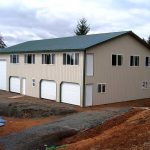 DEAR POLE BARN GURU:
DEAR POLE BARN GURU: 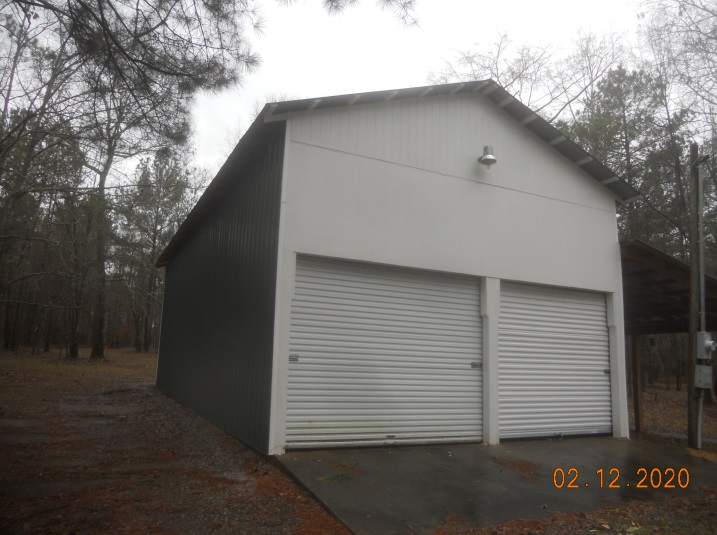
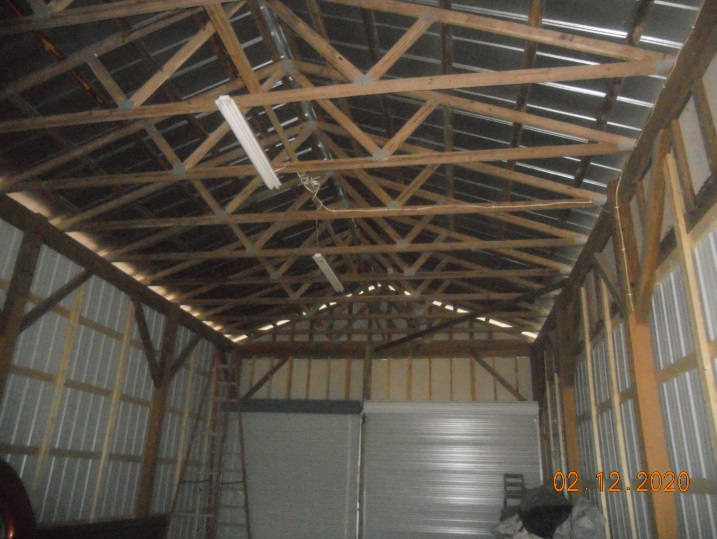
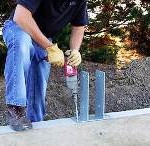 DEAR POLE BARN GURU:
DEAR POLE BARN GURU:  Although our buildings are designed for an average literate English speaking person to successfully construct their own building (most of them do, and do a wonderful job – because they will read and follow instructions), for those who do need an erector, in many areas we can provide contacts for you to vet.
Although our buildings are designed for an average literate English speaking person to successfully construct their own building (most of them do, and do a wonderful job – because they will read and follow instructions), for those who do need an erector, in many areas we can provide contacts for you to vet.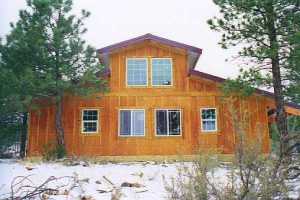 Barndominiums, shouses and post frame homes all fit into a similar category to me. This category heading would be titled, “Living in a Post Frame Building”, although other construction types may be used, post frame is going to give most bang for your investment.
Barndominiums, shouses and post frame homes all fit into a similar category to me. This category heading would be titled, “Living in a Post Frame Building”, although other construction types may be used, post frame is going to give most bang for your investment.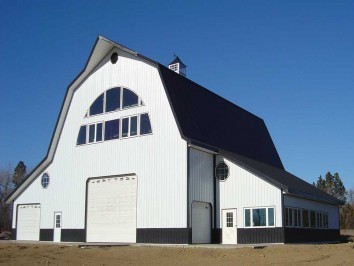 As long as your proposed shouse or barndominium meets planning and zoning requirements – adequate setbacks, allowable footprint, within any height restrictions and doesn’t use unapproved siding and roofing materials you should be good to go. Post frame (pole) buildings are Code conforming – so an attempt to prohibit one strictly due to its structural system is a battle I will take up for you at no charge.
As long as your proposed shouse or barndominium meets planning and zoning requirements – adequate setbacks, allowable footprint, within any height restrictions and doesn’t use unapproved siding and roofing materials you should be good to go. Post frame (pole) buildings are Code conforming – so an attempt to prohibit one strictly due to its structural system is a battle I will take up for you at no charge.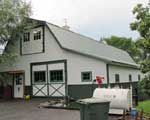 It turns out the term barndominium has actually been around for 25 years, having originally been coined by developer Karl Nilsen for a project at Silhouette Farm in Colebrook, CT. In his project, every lot owner also had an interest in a joint equestrian center, which included a stall for their horse! In Nilsen’s mind, the concept was akin to those who build homes around a golf course – only horse centered, instead of fairways.
It turns out the term barndominium has actually been around for 25 years, having originally been coined by developer Karl Nilsen for a project at Silhouette Farm in Colebrook, CT. In his project, every lot owner also had an interest in a joint equestrian center, which included a stall for their horse! In Nilsen’s mind, the concept was akin to those who build homes around a golf course – only horse centered, instead of fairways.





